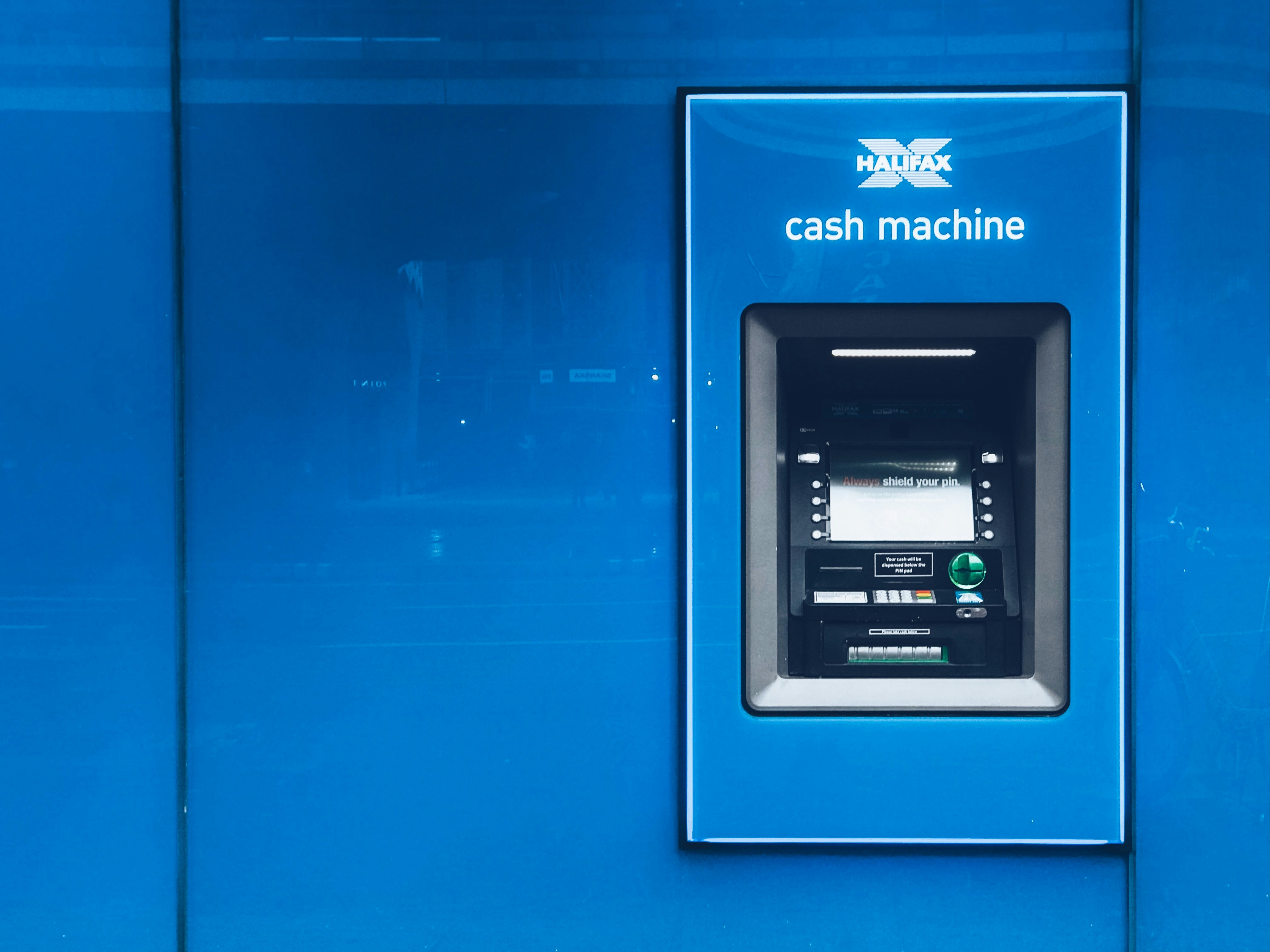Top Tech Trends in 2018 and Why It’s Worth Keeping Up
Issues such as cybersecurity and compliance are vital for credit unions and at the same time can seem overwhelming. Here’s why it’s worth the struggle.


Looking Ahead to the Year in Tech
Technology upgrades, security and mobility is very important to business, and credit unions are no exception. In fact, issues such as cybersecurity and compliance affect credit unions more than larger businesses because of issues of scale. And regardless of the preventative measures credit unions put in place, third-party risks remain. Credit unions are also overwhelmed by the possibilities of ‘relatively big data,’ as well as where to begin. Here’s why it’s both worth the struggle and keeping up:
Data Analytics
Credit unions struggle to leverage the data they have already in their possession because it comes from so many disparate sources. Nearly three-quarters (73%) of respondents to a CUNA Mutual survey indicate most of their member data is not easily accessible. Experts caution credit unions that the road to quality data that can be turned into actionable insights is a long one, but you can’t get there if you don’t start. Start simple.

Data is part of the reason the fintechs have been so successful – they were founded on data. They use data to gain customer insights and streamline processes. Credit unions can make those strides and gain even greater advantage for compliance purposes and operational efficiencies. It will be a culture shift, but employees will be able to use the data on the front lines to cross sell, make offers and more.
Fintech Growth
Fintech will continue to grow and eat a large chunk of market share that could be credit unions’ slice of the pie. The fintech markets transaction value in 2018 is $1.3 trillion and it’s expected to grow 13.9% annually, Statista reported. Credit unions have taken 100 years to reach the trillion-dollar mark and do not have the luxury of waiting another 100 years or fintech and others will blow right by. Digital payments users are expected to hit 266.62 million members by 2022, far exceeding credit unions’ 100 million or members at a few percentage points’ growth each year.
Adopting some of what the fintech market is doing, such as taking advantage of data-inspired insights, is a step in the right direction.
Using fintech to your credit union’s advantage will help streamline the member experience, provide an additional data source from which to extract intel, and create efficiencies in member service. Enhancing mobile improves the member experience and meets the members where they are – literally.
Rising Cybersecurity Costs
According to Cybersecurity Business Report, cybercrime will cost companies and people around the world more than $6 trillion dollars by 2021, up from $3 trillion in 2015, doubling in a little more than five years. Cybersecurity countermeasures will exceed $1 trillion between 2017 and 2021. And the methods of attack keep changing, so staying on top of it in your credit union is paramount.

Ensure you have the right people in place, because they will become scarce and expensive. The Cybersecurity Business Report also stated that increasing cyberattacks will triple the number of existing cybersecurity job openings. It is a cost of doing business and, while unpleasant, no credit union can afford a direct breach and the financial, reputational and other risks that go along with it.
Increasing Collaboration
Credit unions are proving they have the ultimate business model; collaboration has become the norm among many for-profit entities. American Express, which has called its cardholders members for quite a while, has even created a business collaboration index that examples the financial value of Australian business collaboration. The index includes feedback from 700 small- to mid-sized business in more than 15 countries. What it found was that effective collaborations earned mid-sized companies a profit of 1.4 times the investment into the collaborations, which equals an average savings of more than $319,000 or an increase in sales of nearly $430,000.
Credit union business partners are getting on the bandwagon, too. All of the top 5 core processors in CUCollaborate’s ongoing client surveys, Systronics, Corelation’s KeyStone,CUProdigy, Commercial Business Systems’ CAMS-ii and Myrick Computers’ CU Soft, ranked a 5 to 6 on our 6-point scale in the categories of availability of third-party integrations, interoperability of third-party integrations, and willingness to work with third-parties.
Enhancing User Experience
Recent storage cost reductions have made storing data for analysis easier than ever. The insights gleaned from your credit union’s member data can help enhance their user experience overall. It can reveal trends such as how and when members use your branches versus your mobile app versus your home banking website. The data collected can tell you what they buy and when they get paid. It can even tell you when your members have car loans coming due or a 16-year old child who might need a used car loan. This 360-degree view, can provide credit unions insights act upon. Data removes a lot of the guesswork of modern marketing and member service.
VendorFi













.png)





.png)



.png)



















































